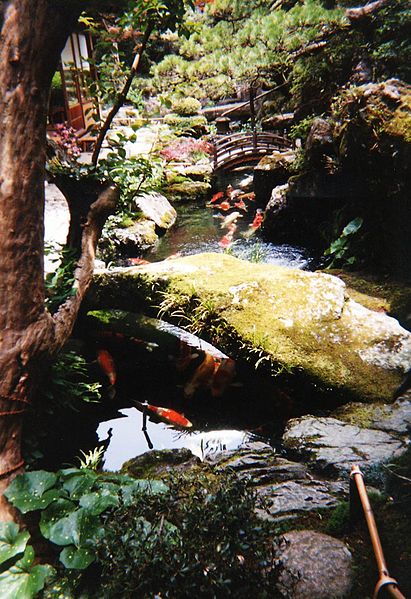 Dave here again, and I am thinking Spring! Join us this weekend, May 15th and 16th, at our Lancaster, Pa retail store for our annual Spring Pond Sale Event. Great deals, and a really nice selection of pond plants and fish will be on hand for the event.
Dave here again, and I am thinking Spring! Join us this weekend, May 15th and 16th, at our Lancaster, Pa retail store for our annual Spring Pond Sale Event. Great deals, and a really nice selection of pond plants and fish will be on hand for the event.
When it comes to bargains on supplies, there are some really nice deals being offered: 40% off all OSI pond food; 20% off Seachem pond products; 20% off Tetra filters, pumps and lights. These and lots of other great products from some of our best manufacturers are on sale. And during your visit, don’t forget to check out the newest line – Pure Aquatic Pond Foods.
What I am really excited about for this pond season, is the great selection of Pond Fish and Koi that we have to offer this year. For the first time, we are offering a new color of comet, the Apricot Comet. These guys are not your typical red comet, they are creamy orange like an apricot, and their unique scale size makes them look smooth like one, too! Some really neat new fish to add to your mix. Some of them even have translucent gill covers – the bright red of the gills underneath makes them look like they are blushing.
 We also have a great selection of Koi here in the store. We have nice Domestic Koi, in both standard and butterfly fin forms, in a range of colors and sizes. For the more discerning pond keeper, we once again have a selection of Koi imported from Japan. This year’s fish are primarily from Sakai of Hiroshima and Yoshida Fish Farms. We have both standard fin and longfin Japanes Koi, color varieties include; Sanke, Showa, Utsuri, Ogon, Kujaku, Asagi/Shusui. Kumonryu, and many more.
We also have a great selection of Koi here in the store. We have nice Domestic Koi, in both standard and butterfly fin forms, in a range of colors and sizes. For the more discerning pond keeper, we once again have a selection of Koi imported from Japan. This year’s fish are primarily from Sakai of Hiroshima and Yoshida Fish Farms. We have both standard fin and longfin Japanes Koi, color varieties include; Sanke, Showa, Utsuri, Ogon, Kujaku, Asagi/Shusui. Kumonryu, and many more.
All of our pond fish and plants will be 25% off all weekend, it is a great time to stock a new pond, or look for that special fish to add to your collection.
Until next blog,
Dave
 That Fish Blog – Aquarium Advice and Information
That Fish Blog – Aquarium Advice and Information

 The metabolisms of both koi and the various bacteria that occupy the pond and filter slow down as temperatures fall. Your fish will not be as hungry as usual, and leftover food will not decompose as quickly as in the summer. Dead plants and other organic material in the pond may also remain more or less “intact” through fall and winter.
The metabolisms of both koi and the various bacteria that occupy the pond and filter slow down as temperatures fall. Your fish will not be as hungry as usual, and leftover food will not decompose as quickly as in the summer. Dead plants and other organic material in the pond may also remain more or less “intact” through fall and winter. Pond Plants, more than most other plants in my opinion (probably because they always have access to water) can really kick into growth once the water temperature goes up. I’ve been one of the folks who literally starts throwing away the water hyacinths I paid 4 bucks for a few months earlier because I have no where to go with them. I’ve seen the dwarf moneywort in my pond run out of room within and establish itself OUTSIDE the pond. Even hardy pond lillies, while beautiful, can go to town in a mud bottomed pond.
Pond Plants, more than most other plants in my opinion (probably because they always have access to water) can really kick into growth once the water temperature goes up. I’ve been one of the folks who literally starts throwing away the water hyacinths I paid 4 bucks for a few months earlier because I have no where to go with them. I’ve seen the dwarf moneywort in my pond run out of room within and establish itself OUTSIDE the pond. Even hardy pond lillies, while beautiful, can go to town in a mud bottomed pond.